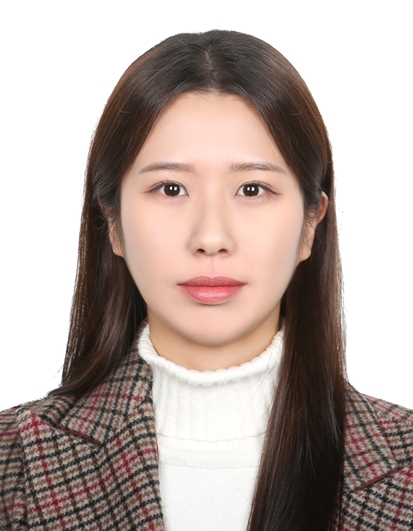Back
Oral
2025 Symposium on Hydro-climate and Climate Change (Watershed)
Vegetation Drought Monitoring Driven by Meteorological Drought: Weighted Reflection of Various Monitoring Indices
Tuesday, May 20, 2025
8:30 AM – 8:45 AM Alaska Daylight Time (AKDT)
Room: Room 1

Haeun Jung
Pukyong National University, United States

Chaelim Lee
Pukyong National University, United States

Sangdan Kim
Professor
Pukyong National University, United States
Author(s)
Co-Author(s)
Abstract Submission: Vegetation performs an important role in maintaining the balance of ecosystems and preserving biodiversity. And vegetation is closely related to meteorological drought. If meteorological drought occurs caused by low precipitation and/or high evapotranspiration, vegetation can also be negatively affected, resulting in vegetation drought. This phenomenon of propagation from one type of drought to another is known as drought propagation. Many studies have introduced meteorological drought index and vegetation index to study the relationship between the two types of droughts. However, drought is generally identified differently depending on which meteorological drought index or vegetation index is used. Therefore, in this study, we calculated vegetation drought monitoring indices of 12 index pairs for Far East Asia using 4 meteorological drought indices and 3 vegetation indices. Based on the strength of the correlation, we developed a vegetation drought monitoring index that is a weighted reflection of the vegetation drought monitoring indices of 12 index pairs. And using this, we performed analyses by land cover and by region. The results showed that the meteorological factors to which vegetation is most sensitive, the vegetation index that best describes the impact of meteorological drought, and the time-lag and time-scale between meteorological and vegetation drought differed spatiotemporally. Therefore, index pairs that are dominant at specific times are weighted more heavily. We were able to determine which regions and land covers were more vulnerable in a specific month. The results of this study may provide an improvement over previous studies that have used a single meteorological drought index and vegetation index.
ACKNOWLEDGMENTS
This work was supported by Korea Environment Industry & Technology Institute(KEITI) through Research and Development on the Technology for Securing the Water Resources Stability in Response to Future Change Project, funded by Korea Ministry of Environment(MOE)(RS-2024-00332300)
Learning Objectives/Expected Outcome (Optional) :
ACKNOWLEDGMENTS
This work was supported by Korea Environment Industry & Technology Institute(KEITI) through Research and Development on the Technology for Securing the Water Resources Stability in Response to Future Change Project, funded by Korea Ministry of Environment(MOE)(RS-2024-00332300)
Learning Objectives/Expected Outcome (Optional) :

